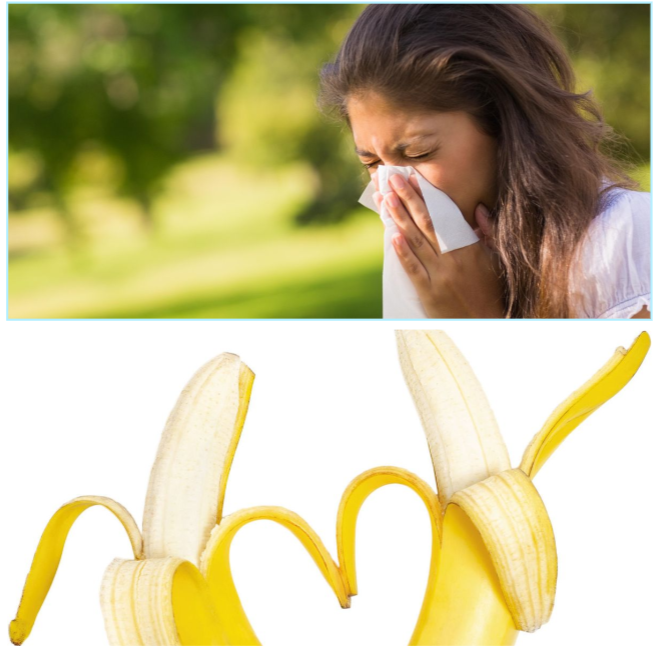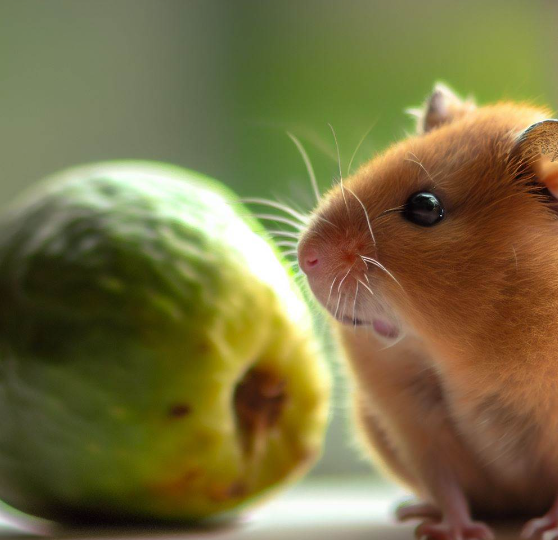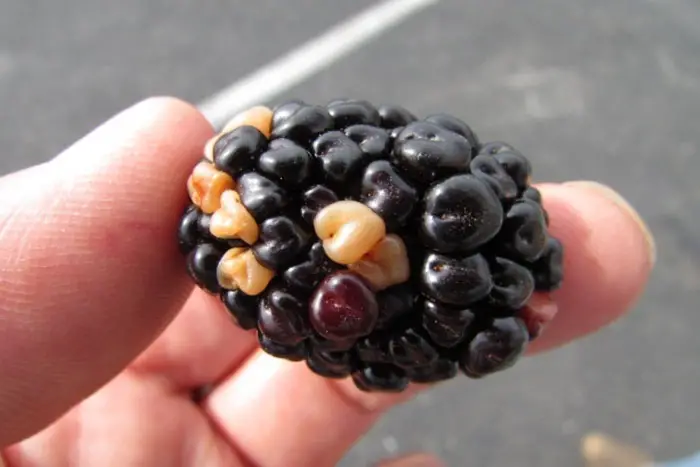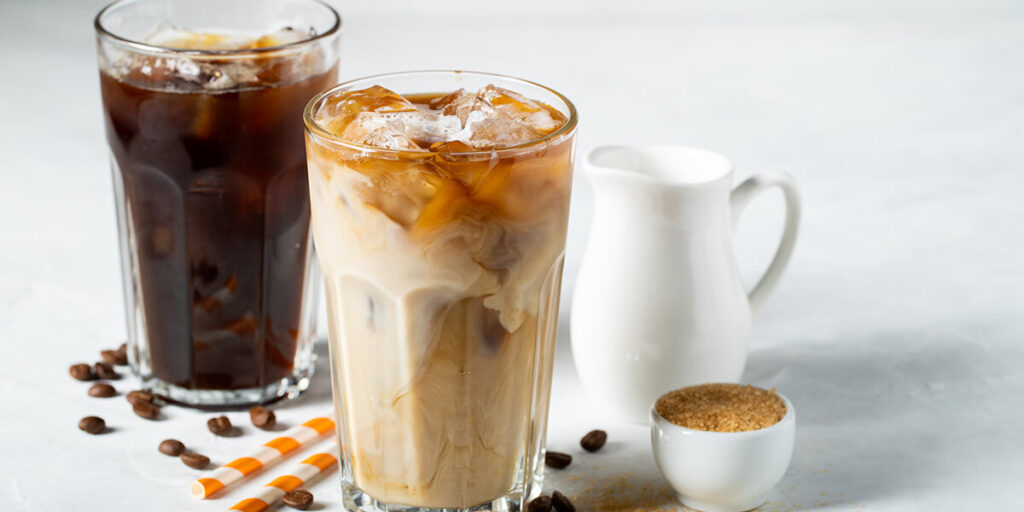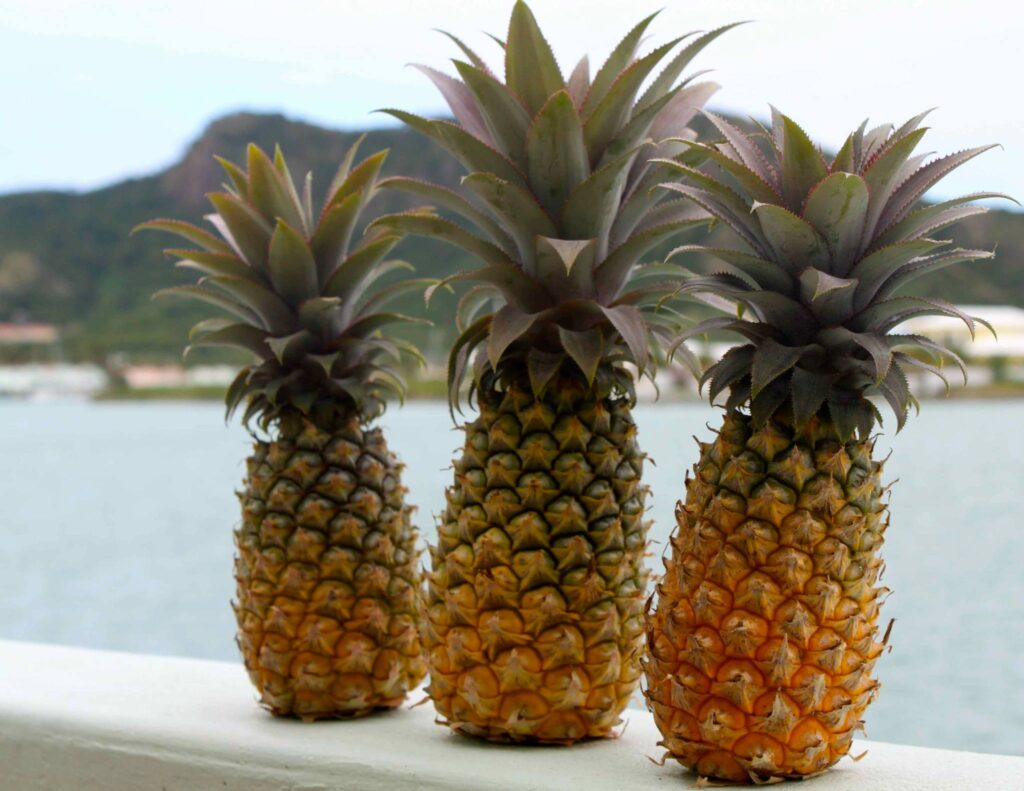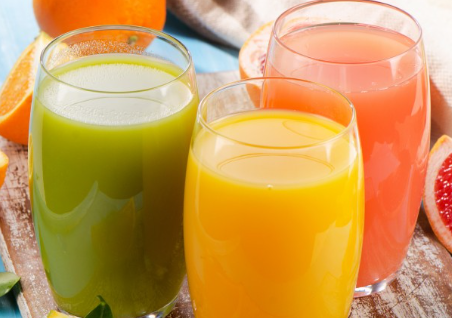People often wonder if a coconut is a fruit, nut, or seed. Well, it turns out that coconuts can be thought of in all three ways, depending on how you look at them.
Let’s dive into the reasons why coconuts can be considered a fruit, nut, and seed, talking about what makes them so special compared to other foods.
Coconuts are as big as a person’s head with a brown, hairy shell. Inside the tough shell, you’ll find one seed.
When you crack open a coconut, you’ll find coconut meat, which is white and stringy. It sits in the coconut along with coconut water, a clear, tasty juice.
Calling coconuts ‘nuts’ is common, but if you ask a plant scientist, they’ll tell you that’s not quite right. Real nuts, like acorns, grow on trees too, but their shells are tough and inedible, and they only have one seed inside. Coconuts, on the other hand, have a shell that we can eat, and its insides are delicious as well.
The outermost part of a coconut, known as the exocarp, is a strong, fiber-rich husk that keeps the seed snug inside. This husk has a special waxy coat that keeps water in, stopping the seed from getting dry.
Inside the husk, the coconut has a layer known as the mesocarp, which we eat and enjoy for its sweet, nutty taste.
The biggest part of a coconut is the endosperm, or the seed itself. Inside this seed is coconut water, which is sweet, milky, and full of good stuff like electrolytes. It’s a favorite drink in places where it’s hot because it’s so refreshing.
To figure out why a coconut is called a fruit, you need to know what a fruit is. A fruit is what grows from the ovary of a flower and protects the seeds inside. Basically, it’s the part of the flower that makes seeds.
Since coconuts come from the flower of a palm tree and have a seed called the coconut kernel, they’re fruits.
At the same time, you could argue that coconuts are nuts because they have one big seed wrapped in a hard shell – just like a nut.
And when it comes to seeds, a coconut fits the bill perfectly. It’s got an embryo that can grow into a whole new palm tree, so it can be called a seed as well.
A coconut gets to be a fruit, nut, and seed all thanks to these details:
- As a fruit, it contains the seeds of the palm tree.
- The thick shell makes it similar to a nut with one seed inside.
- As a seed, it has everything it needs to grow into a new tree.
What’s clear is that coconuts are a lot of things at once: fruit, nut, and seed.
People all over the world eat coconuts. They’re used in various dishes like curries and desserts, as well as for their milk and nutritious oil. In cooking, coconut oil is used for frying and making soaps and skincare. The hard husk can even be used for fuel and making organic bug repellent, while the palm leaves are great for weaving baskets and mats.
For health and cooking, coconuts are a top choice. They’re full of fiber, protein, vitamins like C and B6, iron, and magnesium.
Coconut oil gives you lasting energy and supports the immune system with its antibacterial and anti-inflammatory benefits. Plus, it’s rich in special fats that our bodies can use quickly for energy.
In Summary
A coconut is a sort of fruit called a drupe with a single seed inside a hard shell. Based on what you consider, it can be a fruit, nut, or seed.
As a fruit, it’s the grown ovary of a flowering plant with seeds inside.
As a nut, it’s surrounded by a tough shell and has one seed.
As a seed, it holds a tiny embryo ready to grow into a palm tree.
No matter the classification, coconuts are incredibly important, bringing food and cultural impact to tropical areas worldwide.
